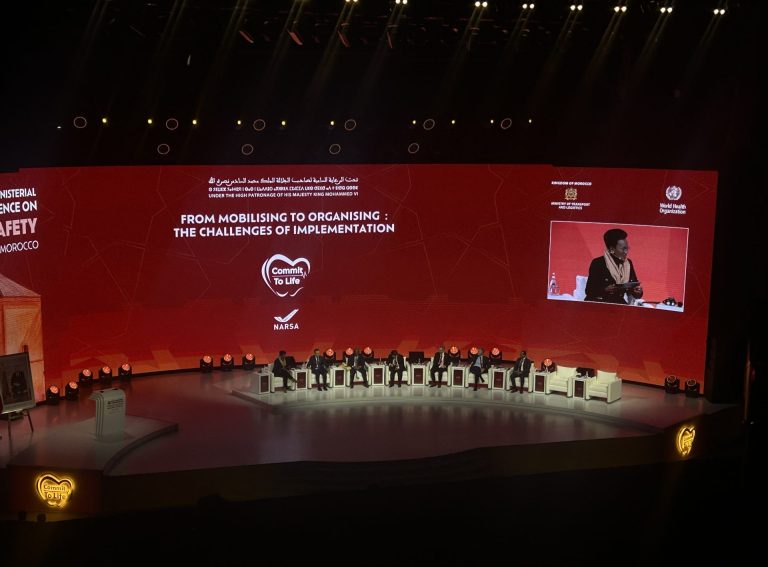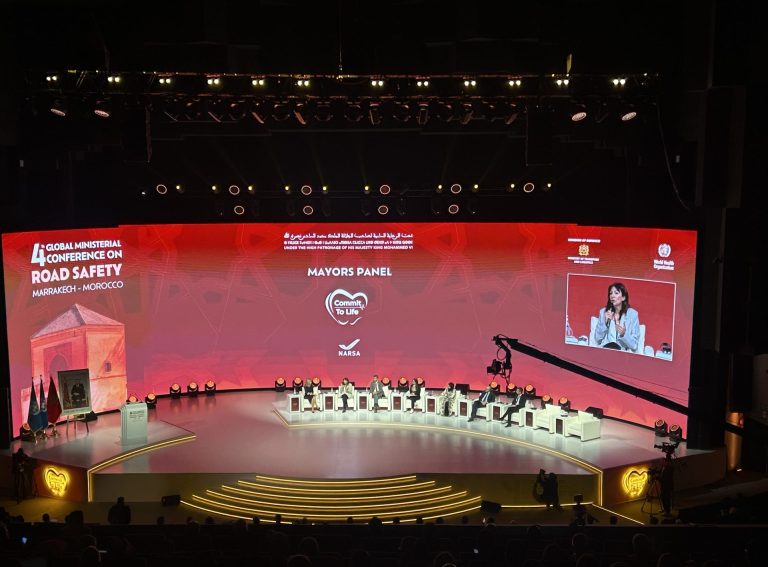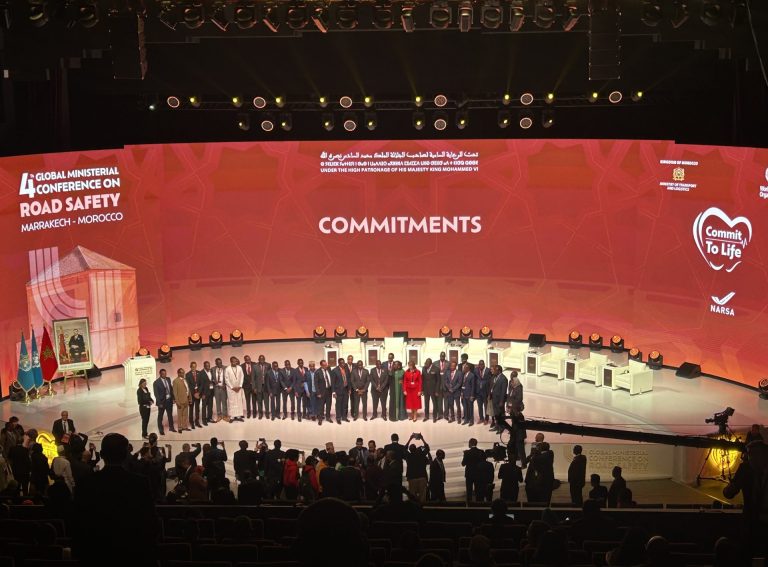A new Deloitte study commissioned by Bolt analysing 155 European cities has found that flexible e-scooter regulations result in more affordable pricing and higher adoption from consumers.
Users pay roughly 19% more per ride in cities with high regulation that consist of public tenders and there are fewer rides per resident.
European cities have implemented a wide range of regulatory models since shared e-scooters first launched in the mid-2010s. However, to date, little empirical research has been conducted to assess the efficacy and impacts of each regulatory model.
Deloitte’s study groups all regulatory models into three categories.
Light regulation is open markets, in which e-scooter services are not subject to regulatory restrictions. Unlimited numbers of operators are allowed to enter the market and offer services freely, while vehicle fleet sizes are unrestricted.
Medium Regulation consists of authorization regimes where e-scooter operators must obtain a permit to operate from the city. Here operators can be required to meet specific operational requirements such as the need to redistribute poorly parked vehicles within a set time and operators may be required to pay fees to the city.
High Regulation consists of tenders, in which cities invite e-scooter operators to submit competitive proposals. These proposals generally include various details on each operator’s planned offering such as fleet size, service quality, pricing structure, fees structure, sustainability measures, and operational plans.
Key findings
Among 37 major cities that were reviewed, 22 of them implemented a more stringent regulatory model, nine made no change, and zero moved to a less stringent system.
“There has recently been a trend among European cities toward stricter e-scooter regulations due to a perception among policymakers that the more stringent regulatory models enable better monitoring and management of shared e-scooter services in their cities, thereby improving the quality of the services for their citizens,” says Stijn Vandeweyer, ITRG sector leader at Deloitte Belgium.
“However, the research for this report has shown that Light Regulation models (especially MoUs) and Medium Regulation models can both provide cities with the degree of control needed to ensure quality and responsiveness to the needs of their citizens.”
As an example, Deloitte says key tender criteria under High Regulation models generally include topics such as proper parking, safety of users and third parties, environmental sustainability, and quality management of the service, but all of these issues can be addressed through Light or Medium Regulation.
Vilnius, Dusseldorf and Lisbon were all examples of cities that have successfully implemented lighter or medium regulation, where strategic mandatory parking zones, safety features and special use permits are all deployed within flexible frameworks that adapt with the growth of the service.
A further finding was that the Light and Medium models resulted in more competition between operators, creating more affordable pricing and higher usage. Tenders also introduce significant costs on both sides which can impact profitability. For example the city of Oslo in 2021 paid over €500,000 for the preparation, selection and legal management of the service.
Dmitri Pivovarov, VP for Rentals at Bolt, commented: “We are an experienced operator working with different regulatory regimes across the world, but we believe that to drive mode shift for a relatively ‘new’ mode of transport it’s important to focus on affordability. Current tender formats restrict competition, increasing the costs for riders, which discourages the adoption of sustainable modes of transport.”
Recommendations for cities
The study suggests five recommendations to bring more micromobility benefits.
A minimum of four operators is recommended to ensure sufficient competition, innovation and affordable services.
Rather than hard fleet caps, dynamic fleet caps could be implemented based on performance metrics such as average daily trips per vehicle and parking compliance.
It also suggests that cities implementing regulations for the first time should prioritise Light or Medium regulations, due to their lower costs and greater flexibility, among others.




